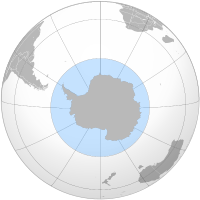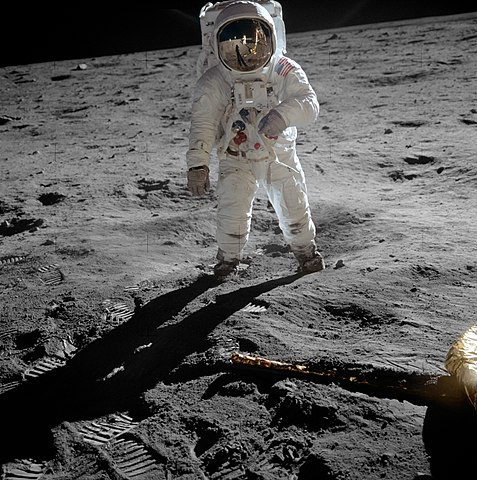We just learned about Rhino Teeth and Horns.
There are two kinds of camels in the world, the kind with one hump and the kind with two humps.
One hump camels are called dromedary camels.

(from: wikipedia - camel)
Two hump camels are called bactrian camels.

In the old days, people thought camels just stored big bags of water inside their humps.
In a way that's right, because they're actually big piles of fat.
When the camels exercise or do something to burn that fat,
their body turns the fat into energy and water that helps keep the camel from drying up in the hot weather.






